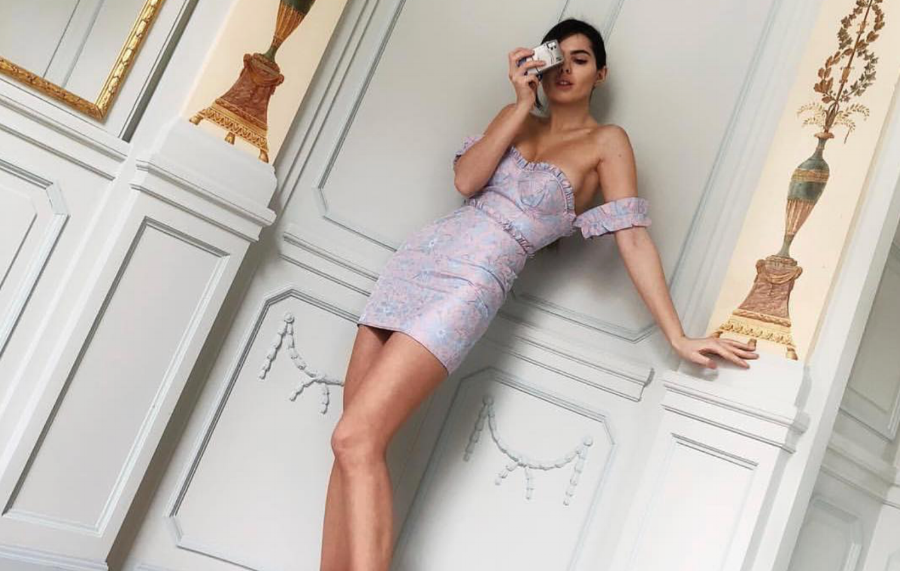
image: LPA
What is the foundation for a modern fashion brand? According to a new deep-dive by Fashionista, it looks quite a bit like LPA, the buzzy Los Angeles-based brand that came into fruition when its founder Pia Arrobio caught the eye of the now-$1 billion e-commerce retailer Revolve. In Arrobio’s own words, what Revolve’s Chief Marketing Officer, Raissa Gerona “noticed from what I was sharing [on Instagram] was that I was capable of designing product; I was capable of marketing that product and I was capable of doing photo shoots with that product — and then I was capable of putting that product on people on Instagram who had influence.”
This, according to Fashionista’s Dhani Mau, very well may be the blueprint for the thoroughly modern fashion brand.
It is hardly a secret that the formation of a viable fashion brand in 2018 requires a markedly different strategy than it has in the past in large part because “Instagram is changing the fashion industry.” That means that “a strong Instagram presence is a crucial component to any fashion brand that aspires to any significant measure of success,” particularly amongst the millennial ilk.
With that in mind, there is a lot more at play (and at stake) than a designer merely putting forth compelling garments and accessories. The New York Times shed light on this exact point last summer. In a lengthy spread, entitled, “How to Make an American Fashion Brand (No Sewing Required!),” the Times’ Sheila Marikar highlighted Arrobio, a Parsons graduate and Reformation design team alum, and her ability to build a young label that is just as much about the products themselves as it is about its ability to break through the noise that is the status quo of fashion and retail, more generally.
Ms. Arrobio is noteworthy in many respects, one of which being that she launched a fashion brand without “having to sew or make patterns for garments,” according to Sheila Marikar. Arrobio “has people for that.” (For the uninitiated, Arrobio’s people largely fall under the umbrella of Alliance Apparel – a Revolve-affiliated company whose model sheds light on a budding new way of building mini fashion conglomerates by way of compelling and perfectly-marketed in-house labels).
But this is not a dig at Arrobio or her brand. No, it is a sign of the times.
The just two-years-old LPA – which “has been taken up with enthusiasm by many in Hollywood and beyond who are perhaps weary of the official fashion calendar’s incessant drumbeat, and its prices” – is one of an ever-growing number of brands reshaping the mold of how a brand can find its footing in the digital era. This phenomenon is striking, in many respects, one of which being that these brands are operating outside of the most traditional brand-building model, which has routinely seen individuals investing what Fashionista estimates is a necessary $2 million to $3 million from the outset to launch a label.
“Instagram has become one way to bypass many of the skills, schedules, events and other expenses and parameters that were once necessary in getting a line off the ground,” Mau writes, and allows a whole array of individuals – including ones that might not be the usual “wealthy, privileged people” – to launch brands.
With all of the benefits that Instagram brings to budding brands, including enabling their founders to maintain “a direct line to customers to interact and get feedback,” something that tends to be obscured when brands rely very heavily on third-party retailers, it is not without criticism, per Mau. “While some might say Instagram creates opportunities, critics and stalwarts of the old fashion system might argue that it’s ruining, well, everything, and allowing people without any training to become successful without paying their dues.”
Regardless of where you stand, it is difficult to deny the impact that these brands are having, both on Instagram and off.











